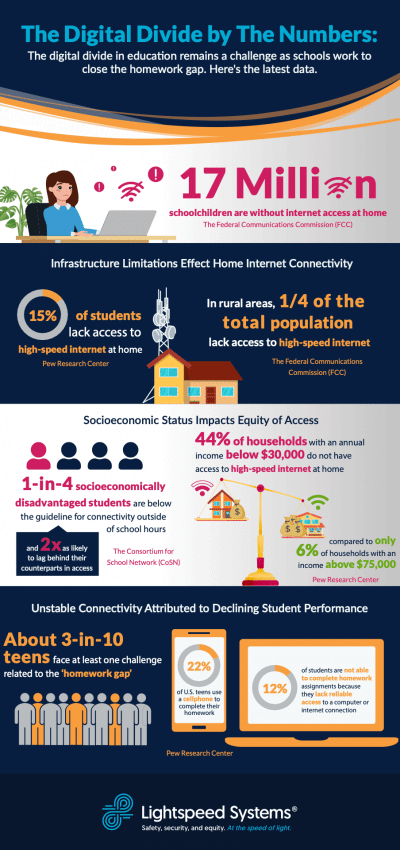What is MTSS?
It’s never been easy to be a kid, and a persuasive argument can be made that it’s as difficult as ever in today’s technology-enabled environment.
As primary and secondary schooling takes up a large portion of a child’s life, it’s at school where struggling children are frequently identified.
Some students struggle with schoolwork, while others struggle with social and behavioral challenges. And, of course, some students struggle with a multitude of factors.
These struggles compound the challenges of maturing and learning, and to best respond to students with these diverse challenges, many schools now deploy a framework of interventions and supports known as MTSS, or Multi-Tiered System of Support. The idea behind MTSS is to identify struggling students early so that they receive assistance immediately, addressing the root causes of challenges before they fester into bigger problems.

What is the MTSS framework?
Multi-Tiered System of Support (MTSS) is a conceptual framework that prompts educators to provide personalized academic and behavioral strategies for students with diverse needs. As a practice, MTSS evolved from the integration of two intervention-based frameworks, the Positive Behaviors Interventions & Supports (PBIS) and Response to Intervention (RTI) models.
Both PBIS and RTI developed after the passage of the Individuals with Disabilities Education Act (IDEA), federal legislation that ensures students with disabilities are provided with Free Appropriate Public Education (FAPE) tailored to their unique, individual needs. [Note: IDEA was previously known as the Education for All Handicapped Children Act (EHA) from 1975 to 1990, whereupon the United States Congress reauthorized EHA and changed the title to IDEA.]
The goal of IDEA is to provide children with disabilities the same opportunity for education as those without disabilities. In 2015, the introduction of the Every Student Succeeds Act (ESSA) recognized the effectiveness of MTSS practices as a more equitable model to support students.
The benefits of MTSS
MTSS is not only beneficial to students, but it is also helpful to district leaders and faculty staff to make actionable decisions for initiatives and goals they’ve established. District leaders can look at aggregated data to identify system-wide challenges and use MTSS data to address areas of need at school and grade levels. For teaching faculty, MTSS data allows teachers to more readily identify student needs, allowing a focus on prevention rather than reaction when working with individual students.
The foundational components of MTSS
MTSS takes a proactive approach to identify struggling students in need, striving for an early assessment and subsequent intervention that will enable struggling students to “catch up” with their peer group. Typically, the foundational components of MTSS include:
-
- Screening of all students early in the school year
-
- Tiers of interventions that can be amplified in response to levels of need
-
- Ongoing data collection and assessment
-
- District-wide approach to expectations and supports
-
- Parental involvement
As students in need of support are identified, educators respond by providing them with the support necessary to grow, develop and prosper in school. The MTSS framework uses tiers to empower school districts to organize levels of support so that students receive necessary instruction, support, and intervention based on their needs.

The three tiers of support in MTSS
Based on student assessment data, MTSS uses three tiers of support to serve every student at their assessed level. The tiers are described as follows:
Tier 1–whole-class core instruction (80-90 percent of students)
Tier 1 encompasses the majority of students. Diagnostic assessments address the needs of the whole child, including academics, social-emotional learning, behavioral health and school attendance. With student needs identified, goals are established, and intervention plans are created to ensure students receive the appropriate learning support and/or interventions. Continued assessments monitor progress toward goals, and student plans are adjusted accordingly. Students who continue to struggle to make progress toward goal attainment may be moved into Tier 2.
Tier 2–whole-class core instruction PLUS targeted small group instruction (5-10 percent of students)
Tier 2 is for students who have demonstrated needs that Tier 1’s core instruction could not meet and provides needed extra assistance to help them meet academic and/or behavioral goals. Often, Tier 2 interventions include small groups, like a small reading group, for instance. Targeted support is designed to enable students to work toward closing the gap to their peers.
Tier 3–whole-class core instruction PLUS targeted small group instruction PLUS intensive support (< 5 percent of students)
Small subsets of students may move to Tier 3 only if sufficient progress is not made in Tier 2 and they demonstrate a need for intensive support. Tier 3 delivers students individualized support and may include services from outside agencies, like family therapists and behavioral counselors.
Planning MTSS Interventions
Where the rubber meets the road with MTSS is in the support and interventions delivered to students. Teachers will invest time and effort into discussing student needs, creating plans, providing differentiated support, and documenting their results. However, the correct invention plan for each student is necessary to avoid making the process an exercise in documentation rather than problem solving.
The key components of successful MTSS intervention plans include the following:
Goal-Setting—Establish SMART goals—Specific, Measurable, Attainable, Relevant & Timely—and regularly review to monitor progress (see below). If goals are not being met, consider alternative action plans or possible assignment to a different tier.
Progress Monitoring—Track student growth toward goal attainment by deploying short, skill-based assessments. Assessments should be reliable and valid in that they accurately determine growth, decline, or stagnation in a specific subject area, providing necessary data as to whether a student is responding to an intervention and showing improvement.
Intervention Planning—Interventions include targeted instructional programs, activities, lessons, and tools used to improve a specific skill.
Summary
While MTSS is not new, through extensive research it has become an almost ever-evolving process to provide equitable tiered support for all students, all the while supporting administrators and teachers to more efficiently and effectively develop students. MTSS is a systemic, collaborative initiative that helps school districts improve learning outcomes through the use of assessments, tiered supports, and progress monitoring toward goal attainment.
By matching the needs of every student to the best instruction, resources, support and interventions, MTSS enables districts to support every student to succeed.
